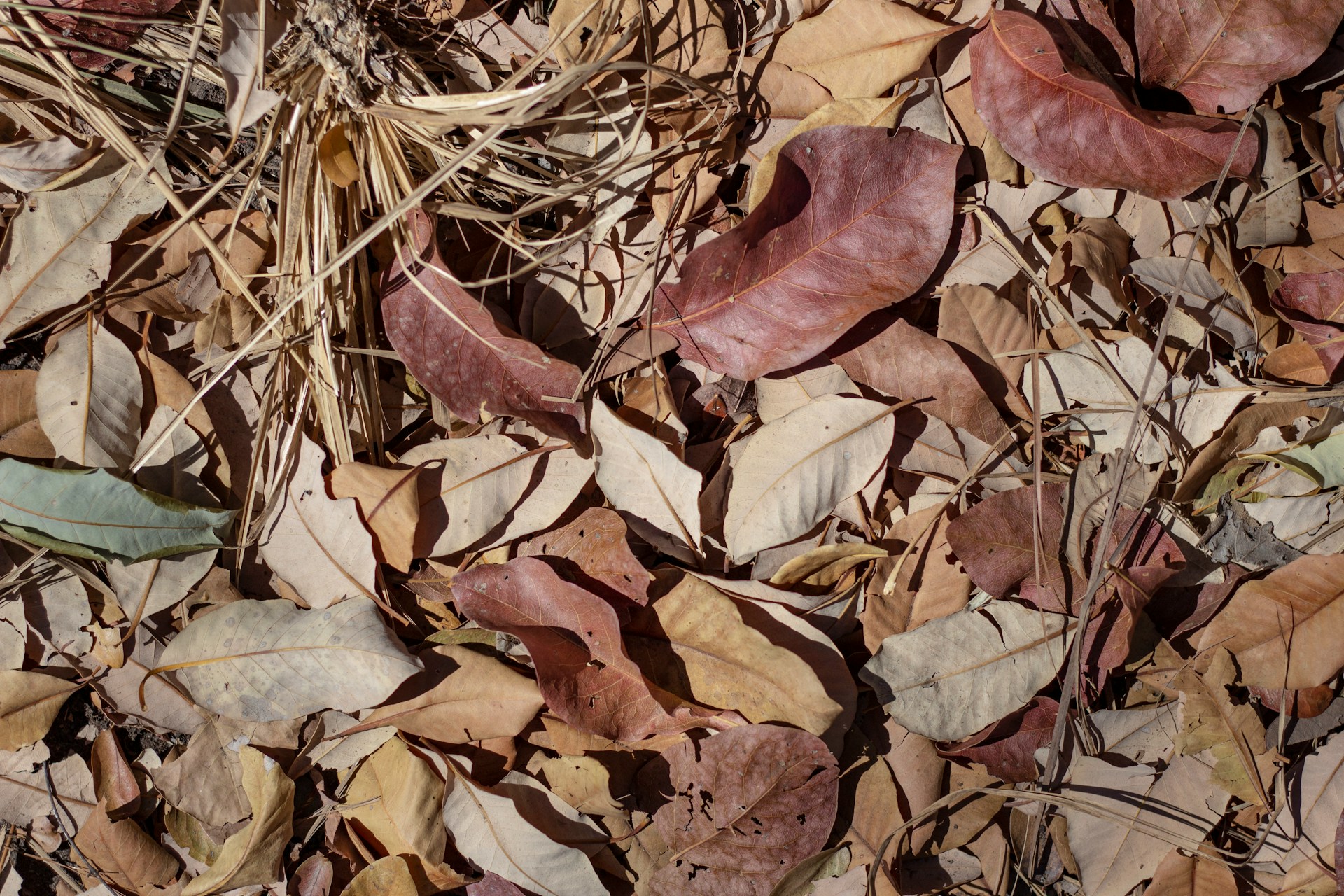Gardens and outdoor areas are often the pride of a home: places for relaxation, entertaining, and reconnecting with nature. Unfortunately, they can also be magnets for pests looking for food, water, and shelter. Without regular care and intentional planning, a beautiful backyard can quickly become a breeding ground for ants, rodents, mosquitoes, and other unwelcome visitors.
Effective outdoor pest management starts with knowing how to create an environment that is less appealing to pests in the first place. Whether you’re already dealing with recurring issues or aiming to be proactive as the seasons change, there are tried-and-true pest-proofing tips that can help you keep your outdoor spaces healthy and enjoyable year-round.

Maintain Clean and Tidy Landscaping
One of the most effective and often overlooked pest-proofing tips is maintaining a clean and organized yard. Overgrown vegetation, leaf piles, and clutter create ideal hiding and nesting places for pests of all kinds. A tidy landscape not only boosts curb appeal but also serves as a frontline defense against infestation.
- Mow the lawn regularly and trim grass near fences, pathways, and garden beds.
- Clear out leaves, dead plants, and decaying wood, which attract insects and rodents.
- Prune trees and shrubs to prevent branches from touching the house.
- Use stone or gravel borders around your home’s foundation instead of mulch to reduce excess moisture.
- Stack firewood at least 20 feet away from your home and keep it elevated off the ground.
By limiting shelter and access points, you naturally reduce pest activity in your yard.
Choose Pest-Resistant Plants and Garden Design
Smart landscaping choices can dramatically reduce pest presence in your garden. Certain plants are naturally unappealing to insects and rodents, and strategic garden design can enhance airflow, reduce moisture, and make it harder for pests to settle in.
Lavender, marigolds, basil, rosemary, and citronella grass are all known for their pest-repelling qualities. Incorporating these into your flower beds or vegetable gardens can help deter mosquitoes, aphids, beetles, and flies. At the same time, avoid overcrowding your plants, as tight clusters can increase humidity and reduce circulation, creating an environment that is perfect for pests and fungal growth.
Proper spacing, layered planting, and defined walkways not only help with pest prevention but also make garden maintenance easier and more effective over time.
Protect Structures and Furniture
Pests don’t just nest in the garden soil. They often seek refuge in and around outdoor structures and objects that are left undisturbed. If these areas are not regularly maintained, they can become prime targets for infestation.
- Clean under and around patio furniture, barbecues, and planters.
- Check outdoor sheds and greenhouses for cracks, and seal any gaps or holes.
- Clear gutters of debris to prevent moisture buildup, which attracts insects.
- Install mesh or screens over vents and small openings to block rodent access.
- Secure garbage and compost bins with tight-fitting lids and keep them clean.
Ongoing upkeep of these features is crucial, especially after a pest treatment. Understanding the importance of follow-up care ensures that pest control results last and that the problem does not return in a different form.
Monitor Moisture and Drainage
Moisture is one of the most powerful attractants for outdoor pests. Mosquitoes, ants, termites, and rodents all seek out damp environments to nest and breed. That is why keeping your garden well-drained and dry where possible is one of the most valuable pest-proofing tips.
After rain, take note of any areas where water collects or drains slowly. Puddles that linger more than a day may need regrading or other drainage adjustments. Birdbaths, pet bowls, and unused planters should be emptied and scrubbed regularly. Irrigation systems should be monitored to avoid leaks or overwatering, which can soften soil and attract burrowing pests.
Inspect garden beds and structures near your home for signs of excess moisture, such as algae growth or dark, soft soil. Dry surroundings make it much more difficult for pests to thrive.
Regular Inspections and When to Seek Expert Help
Even the best pest-proofing strategies require monitoring to stay effective. Regular inspections help detect early signs of pest activity before a full infestation develops. This includes checking hidden or shaded areas, like under decks, behind retaining walls, and near compost bins.
Professional inspections provide an additional layer of protection. Experts are trained to identify risk areas and early indicators that the average homeowner might miss. They can also offer tailored recommendations for improving your yard’s defenses and applying treatments as needed.
If you’re unsure what an inspection entails, this overview of why regular inspections matter can help clarify what to expect and when to consider scheduling one.If you want to enjoy your outdoor space without the constant interruption of pest problems, taking the right preventative steps now can make a big difference later. And while many strategies can be done on your own, there are times when it’s smart to call in experts who can assess the unique conditions of your yard and guide you toward long-term solutions. To get started, reach out to Bee Smart Pest Control and learn how their team can support your outdoor pest prevention goals.

